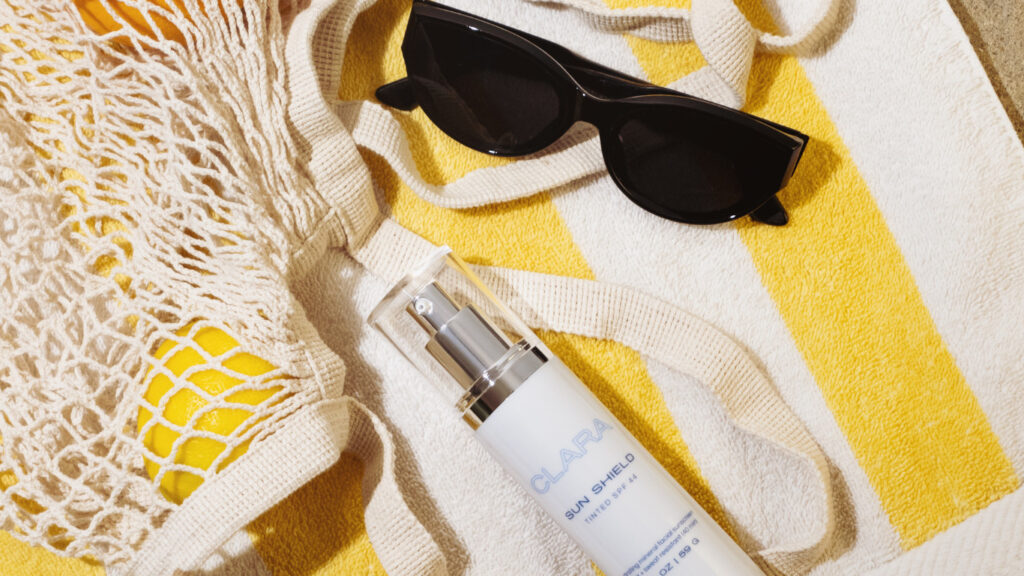
Melasma, a common skin condition characterized by muddy brown discoloration on sun-exposed areas, can be frustrating and persistent. In this comprehensive guide, we will explore factors contributing to melasma development and discuss effective strategies for prevention and treatment.
Understanding Melasma
Melasma is influenced by multiple factors, including hormonal fluctuations (such as those experienced during birth control usage, pregnancy, and menopause), genetics, and increased ultraviolet (UV) radiation exposure. The role of UV light in stimulating melanin production in the skin’s top layers, namely the epidermis and dermis, is significant. UV radiation triggers inflammation, cell-cell communication, and increased vascularity, leading to increased pigmentation.
Targeted Treatments
Melasma involves complex interactions between various cellular components, including melanocytes, keratinocytes, mast cells, fibroblasts, dermal vasculature, and endothelial cells. Understanding these interactions helps explain the effectiveness of different treatments. While conventional skin-lightening agents like hydroquinone and azelaic acid focus on hyperactive melanocytes, advancements in our understanding of melasma have revealed additional targets, such as the damaged skin barrier, hormonal imbalances, blood vessels, and mast cells.
Promising Treatment Approaches
a. Antioxidants:
- Antioxidants, including ascorbic acid (vitamin C), flavonoids like hesperidin and epigallocatechin gallate, proanthocyanidin, coffeeberry, and polypodium leucomatous, protect against the damaging effects of UV radiation.
b. Melanin Synthesis Inhibitors:
- Certain treatments block melanin synthesis or transfer within the skin. Hydroquinone, linoleic acid, azelaic acid, N-acetyl-4-S-cysteaminylphenol, arbutin, cinnamic acid, licorice extract, niacinamide, and kojic acid fall under this category.
c. The Vascular Component:
- Increased blood vessel synthesis, mediated by vascular endothelial growth factor (VEGF), contributes to melasma. Tranexamic acid (TXA) inhibits the plasmin/plasminogen pathway, reducing melanin synthesis and improving pigmentation and redness. Topical zinc, by decreasing histamine release and acting as an antioxidant, shows promise in reducing melasma.
d. The Estrogen Receptor:
- Melasma is often associated with hormonal changes in women, particularly during pregnancy or contraceptive use. Inhibiting estrogen’s effect through selective estrogen receptor modulators (e.g., tamoxifen, raloxifene) or aromatase inhibitors (e.g., anastrozole, letrozole, exemestane) could prove effective in melasma treatment. The future “triple therapy” may involve hydroquinone, an antiestrogen, and a VEGF inhibitor.
e. PRP (+microneedling):
- Platelet-rich plasma (PRP) therapy and microneedling, either alone or in combination with depigmenting agents, hold promise in reducing pigmentation and stimulating collagen synthesis. PRP has over 30 growth factors, including TGF-β1, which, when released from platelets, has been shown to cause significant inhibition of melanin synthesis. PRP therapy may also cause improvement in melasma by releasing platelet-derived growth factor, which causes an increase in skin volume and synthesis of collagen. Microneedling is commonly used for enhancing the drug delivery of depigmenting agents in melasma. Microneedling under topical anesthesia, along with topical cream applied at night, was effective in reducing pigmentation in 22 patients with stubborn melasma.
The Importance of Sun Protection
Undoubtedly, broad-spectrum sunscreens are crucial for effective melasma treatment. Iron oxide-containing sunscreens are particularly effective against hyperpigmentation induced by visible light. Additionally, the use of topical and systemic antioxidants (vitamins A, C, and E, carotenoids, and beta-carotene) can provide additive protection.
Putting It All Together
At CLARA, we start with a detailed history and physical examination. Once we are confident in the diagnosis, we often start by discussing the importance of prevention with strict sun protection – including avoiding sun exposure during peak UVR times (10-4) and using barrier protection like wide-brimmed hats. Next, topical sun protection starts with the application of a topical antioxidant like CLARA Fresh Squeezed (15% vitamin C) layered under a chemical sunscreen, then a second layer of Zinc Oxide (preferably greater than 15%), like CLARA Sun Shield Untinted. Finish the sunscreen with a tint that has iron oxides like Sun Shield Tinted. We may also recommend a photo-protective supplement such as Heliocare or InnerGlow Age Defense or antioxidants like alpha lipoic acid, vitamin C, vitamin E, and ginko.
To treat pigmentation, we may recommend topical formulations with azelaic acid, arbutin, or kojic acid like CLARA Clean Slate or a prescription with tranexamic acid or hydroquinone. Some may benefit from a topical steroid as well. Oral tranexamic acid can be very helpful if topicals are not sufficient. Finally, microneedling with topical TXA and PRP often significantly improves melasma and can work synergistically with other topicals or orals.
Note: It’s important to consult with a healthcare professional or dermatologist before starting any treatment or making changes to your skincare routine – a CLARA consult is a great place to start!
Ready to get started?
Get your customized skin care plan.
Stay in touch
with CLARA.
Be the first to know about new products, treatments, and trends in skincare.
We respect your privacy and your inbox. We’ll never sell your address. Unsubscribe anytime.



